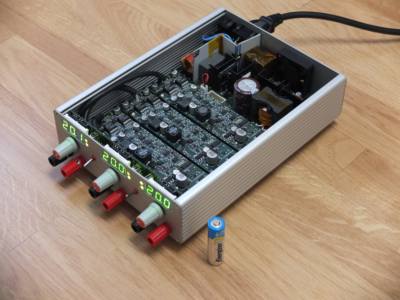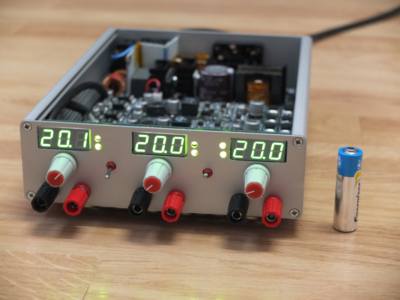I've never put everything into a single LTSpice worksheet like this before: I find it fascinating. You can really pull apart a circuit to see what makes it tick, before solder ever hits the iron.
Power supply ripple, frequency response, gain, and crosstalk can be established. You can look at turn on and turn off transients, inrush currents, and conductance angle, and check peak currents in the filter capacitors. It's all there if you care to peek in and poke around.
I'm such a huge fan of LTSpice...

The only problem, really, is it is too perfect: all devices are perfectly matched, every part value is exact, and the temperature is always 25 C. Ground loops, wiring inductance, and thermal runaway do not exist. So no, of course there are no guarantees - but as a tool to get you 90% of the way there with the minimum of fuss and bother it is truly indispensable.
Actually I find the more experience you have the more useful LTSpice...














